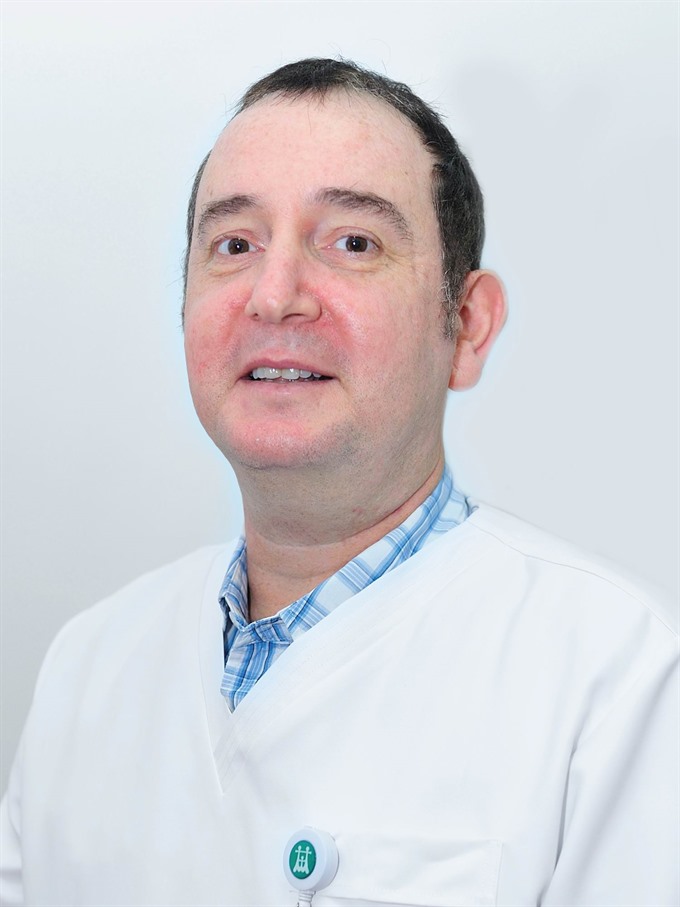 Life & Style
Life & Style

 |
| Photo: Doctor Yaron Atzmon.—Photo courtesy of Family Medical Practice Hanoi |
A MOULDY ISSUE
By Dr.Yaron Atzmon*
Now that the rainy season has started and winter is fast approaching, homeowners will have to continually deal with the presence of mould and mildew in the house. These microscopic fungal organisms thrive specifically in areas with temperatures between 10-32 degrees Celsius and high humidity (>60%), like that of Hà Nội.
Certain species of mould, like Aspergillus or Penicillium, are greatly beneficial to mankind. They are industrially used for the production of cheese and antibiotics. But these moulds produce mycotoxins, or poisonous substances which causes health problems.
Stachybotrys, or ‘black mould’, is usually found in water-damaged houses due to flooding or roof leaks. They thrive in material with high cellulose content, like wood, paper, tiles, and carpets. Their toxins can cause fever, headaches, fatigue, allergic symptoms, and irritation of the respiratory tract.
Penicillium spp. are widespread and found in air, decaying vegetation, and soil. The production of which commonly occurs in cereal grains and cold climates. Infection is called penicillosis, affecting the respiratory and urinary tracts.
Aspergillus causes aspergillosis in individuals with weakened immune systems. It can also cause skin lesions and ulcers. This mould usually contaminates starchy foods such as bread and potatoes. It produces aflatoxin, which is found in nuts.
Here are some tips to minimise mould growth in the home:
In a Mayo Clinic study (1999), mould was implicated as a major cause behind chronic sinusitis.
At Family Medical Practice, we have seen a rise in cases of allergic reactions and asthma attacks during winter. It would be wise to consult your doctor if you notice symptoms which might be related to mould exposure.—Family Medical Practice Hanoi
*Doctor Yaron Atzmon has lived in Hà Nội since 2006 and has served as Clinic Director at Family Medical Practice Hanoi. He is also a member of the Israeli Board of Internal Medicine Physicians. For more advice on any medical topics, visit Family Medical Practice Hanoi on 298 Kim Mã, Ba Đình or call (04) 3843 0748. Email: hanoi@vietnammedicalpractice.com




